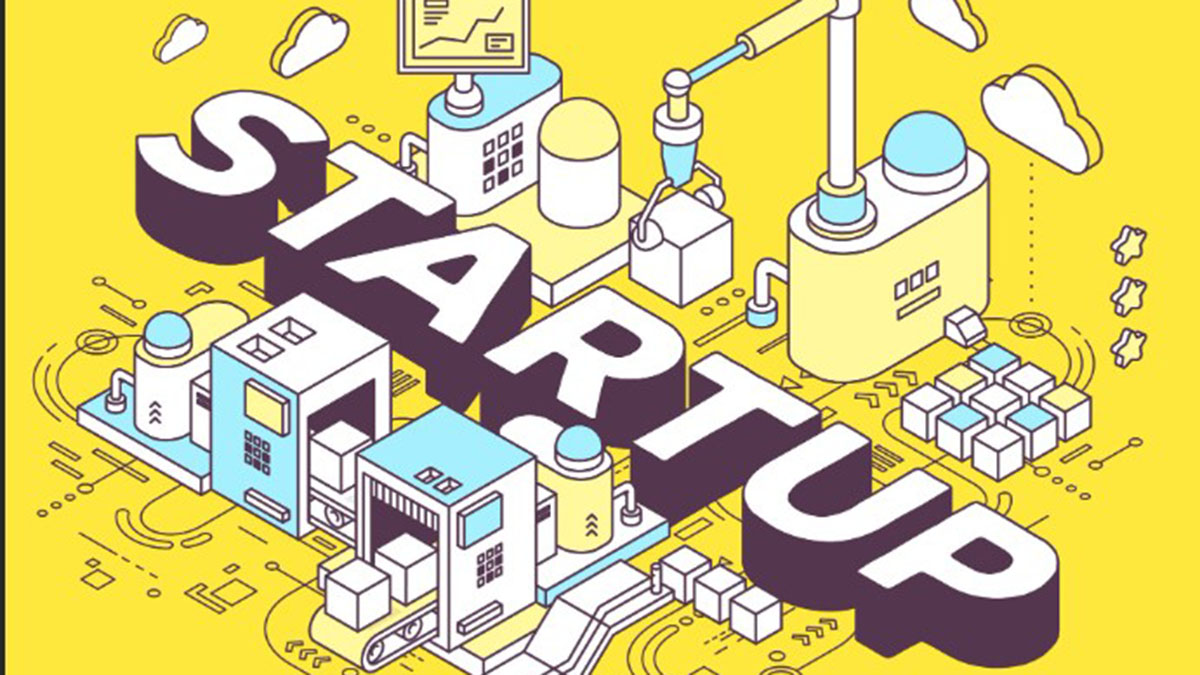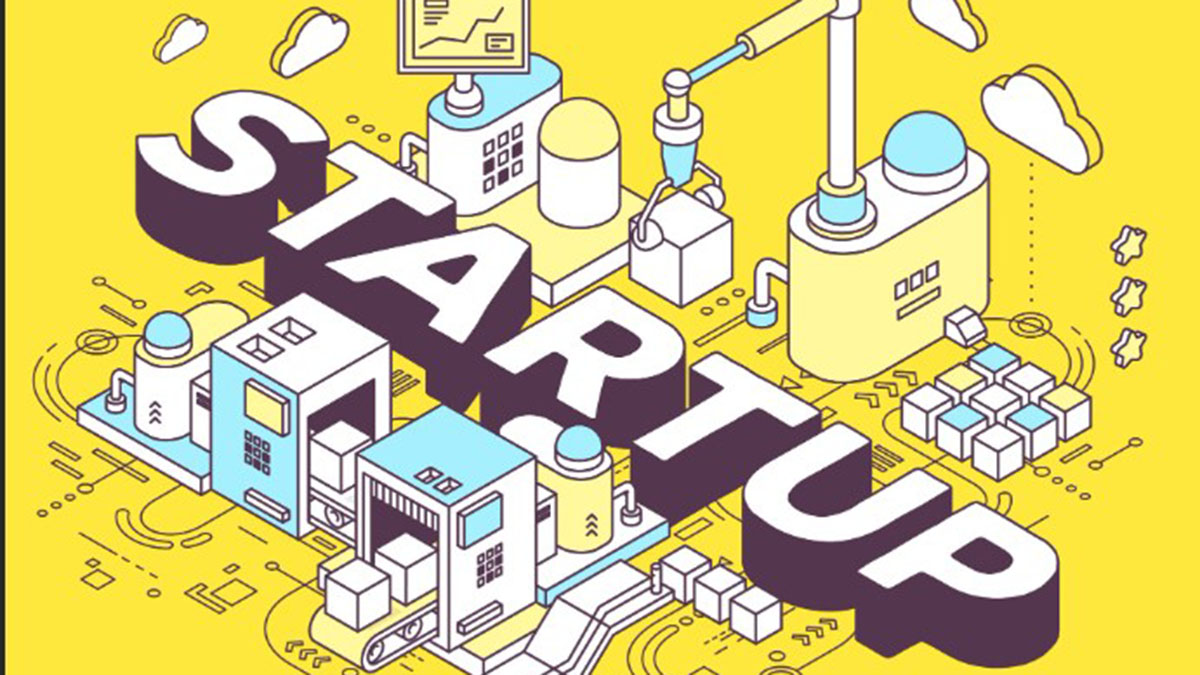Google CEO Sundar Pichai interacted with current students of his alma mater . The session lasted almost an hour long, and it was the first time that Pichai was revisiting the campus after passing out 23 years ago. The discussion covered the efforts by Google, Pichai’s time at the institution, and how things are changing in India. Here are the ten most important pointers for transforming India into a major player in the digital economy.
Indian startups need to aim higher
Pichai noted that startups in India need to think of expanding beyond just India and compete with the entire world. In his interaction with enterpreneurs over many visits to India, Pichai said he noticed world class approaches to building businesses. Pichai said that there is nothing really missing about startups in India, and the Indian startups are among the best in the world. Instead of dominating the Indian market, startups should be thinking of going international. Sachin Bansal of Flipkart and Bhavish Aggrawal of Ola have started a lobby group to give Indian startups an edge within India.
Indian startups should target similar markets to scale and grow
A problem with startups in India is that in a country of 1.3 billion people, only 300 million people are on smartphones, and that too, not all of the 300 million have great connectivity. It is still a sizable market, but the scope for scaling and growing in India is less. Pichai suggests that Indian startups should explore introducing the same products in other similar markets that are at the same state of development. Indonesia, Thailand and Vietnam were some of the suggested startup markets. Google has introduced many products starting in India, and later on rolled them out worldwide. YouTube Go , an app that allows users to play and share videos offline without an internet connection, is one such expected product. YouTube Go was built from the group up specifically for India, but is expected to land in other similar markets as well.
Education needs to focus on real world experiences
Pichai appreciated the strong foundation for education in India. However, Pichai noted that the education should evolve with the times. There is a lot of focus on academics, but not as much focus on itnerships, real world projects, and actual experiences. In US colleges, students pick their majors only in their final years. Instead of deciding a stream, and perhaps even a job and a company at the point of completing education, Pichai stressed on the importance of taking time to do things, and explore various avenues to figure out what it is that a person likes doing, and what that person is good at.
Love what you are doing
A point made repeatedly, Pichai noted that enjoying his work was a big part of his success. When a student asked how to make the most out of his four years at IIT, Pichai advised him not to overthink it, and to take the time to figure out what kind of activities excited him. It is important to explore different things to find out what a person is passionate about. Pichai advised taking the time and effort in getting deeply involved with projects, and understanding them at a deeper level. Finding the right pace is one of the key ingredients of success. Pichai noted how there was a set path for Indian students, from school to IIT to IIM . Pichai found it outrageous that students start preparing for IIT from the 8th standard itself.
Make technology for rural India in local languages
An important part of bridging the digital divide in India is to make more technology available in local and regional languages. Google itself is increasingly adding support for more local languages, and has created the ambitions Noto font that is an effort to create a uniform typeface for all the 800 languages in the Unicode standard. Google search hopes to be available in as many Indian languages as possible, and Android is also increasing the number of languages it supports. Pichai went on to say that Google was even looking at introducing technology for regional dialects. India celebrates linguistic diversity, but there are very few technology offerings in regional languages . Indus OS , an Android based operating system with in built translation and transliteration support is one of the good efforts in this direction. DataMail has launched email addresses in eight Indian languages .
It is important to bridge the gender divide
Only one in 10 internet users in rural India is a woman. It is important to boost adoption and use of the latest technologies by women, especially in rural India. Google, along with Tata Trusts has started the Internet Saathi program , to provide digital literacy to rural Indian women. The program empowers the local community by training women on the use of technologies, who then pass on the learnings to other women in their area. Since its launch in 2015, nine states in India have been covered by the program. The program shows directly to rural Indian women, how they stand to benefit by using the internet and other technologies.
India needs cheaper smartphones
The entry level smartphones are still too expensive according to Pichai. The need of the hour is to provide more people with smart devices, and Pichai wants to see a basic smartphone in the range of $30 (roughly Rs 2000) . In India, most of the smartphones sold are in the low end segment, and priced around Rs 5,000. The Android One program launched by Google aims to make affordable smartphones that still provide a uniform user experience. The program is meant especially for developing economies such as India, and has resulted in a few phones from Micromax, Karbonn and Spice, priced at around Rs 6000.
Compete with the world, not just China
A student asked Pichai if India would ever catch up to China in terms of technology. Pichai replied that he thought the aim for India should be a little different than just competing with China. Pichai went on to say that he was fully confident that India would be one of the major players in the digital economy worldwide, and be competitive with any country in the world. The foundations necessary for such a transformation are there in the country, and it is just a matter of time according to Pichai. Pichai encouraged startups and entrepreneurs in India to continue to do what they were doing, and that India would be “there” in a few years.
Bring more small and medium businesses online
Pichai noted that it was important to bring small and medium sized businesses into the digital world. There are about 51 million SMBs in India out of which 68 percent are still not online. Towards this end, a few days before interacting with the IIT-KGP students, Pichai had unveiled the Digital Unlocked mission. The initiative will allow small businesses to increase their reach, even to a global level beyond India. The program will train SMBs with essential digital skills. The “ My Business ” platform, which Google recently introduced to Rajasthan, allows SMB owners to directly update information about their businesses, including phone numbers and addresses into Google products such as search and maps.
Public-Private partnerships need to be encouraged
Pichai noted how the regulations in India allowed for easy public-private partnerships, something that was not possible in a lot of other countries. Such kind of partnerships could go a long way for the Make in India program. Google’s partnership with Railtel has allowed it to deploy free high speed wi-fi connectivity in railway stations across the country. The free wi-fi services are being used by over 2 million people in India .
The interaction showed that Pichai had a very encouraging outlook for India, especially going forward. “India is a great place to be looking ahead in the next 20 years,” he said.


)




)
)
)
)
)
)
)
)